A Closer Look at IPTV in Hospitals
IPTV, Internet Protocol TV,remains a prominent topic in the healthcare industry, steadily gaining momentum as a game-changer. In part one of our IPTV...
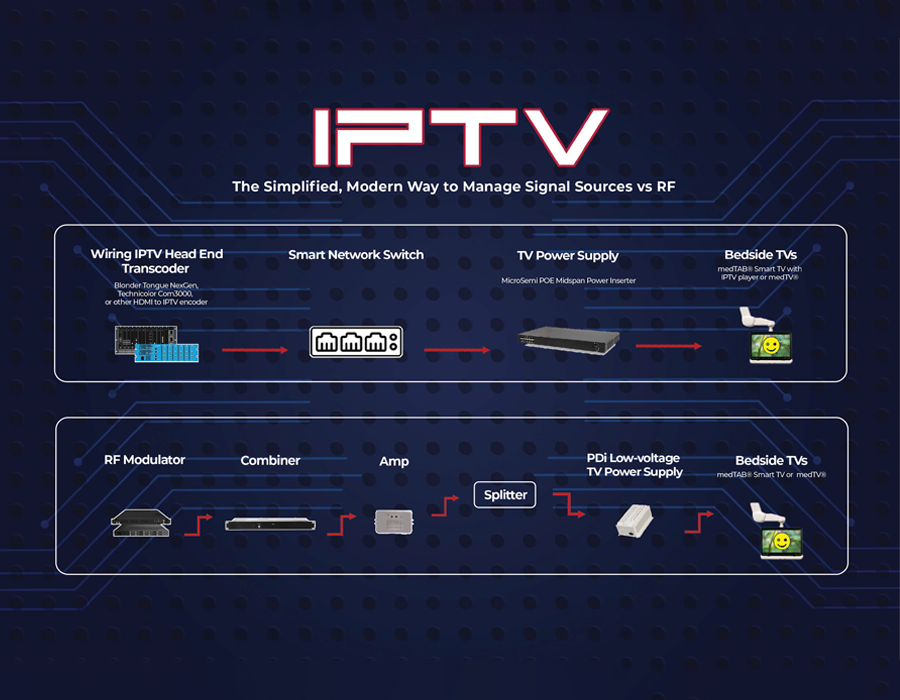
IPTV is emerging as the next evolution in TV distribution in healthcare facilities. This modern approach brings significant time and cost savings to hospital staff, offering a simplified and efficient way to deliver high-quality entertainment and education to patients.
Discover more about the benefits of IPTV by tuning in to our podcast episode HERE.
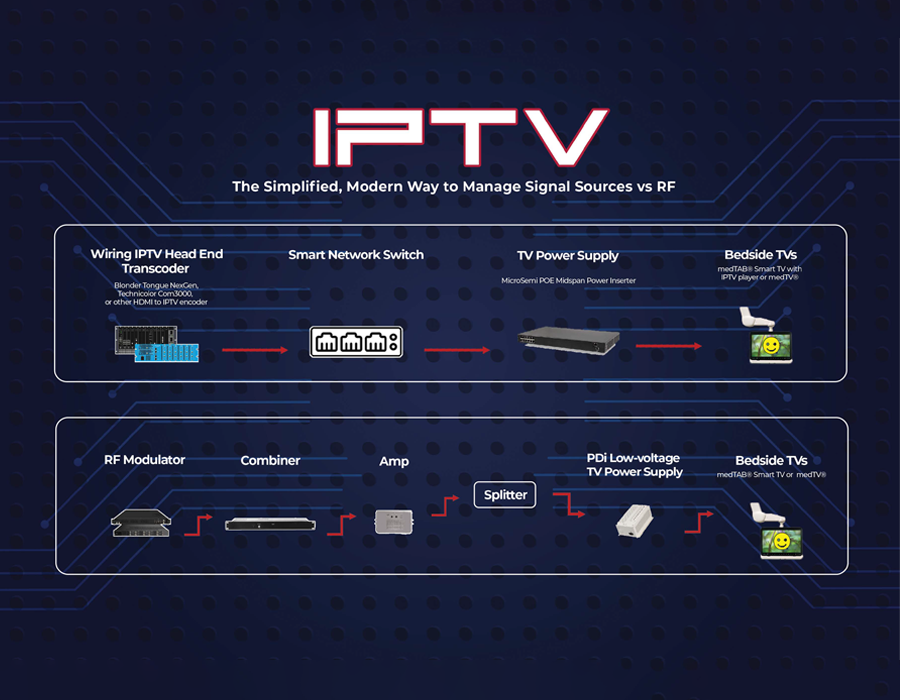
While RF distribution relies on rigid standards designed for one-way television broadcasting, IPTV utilizes the same flexible ethernet standards that form the backbone of modern computer networks. The beauty of this lies in the fact that, typically, only software upgrades are needed, sparing you from the hassle of replacing physical devices.
Moreover, thanks to its bidirectional nature, ethernet allows for remote management of the TV, and opens up possibilities for other services, such as web browsing directly from the TV.
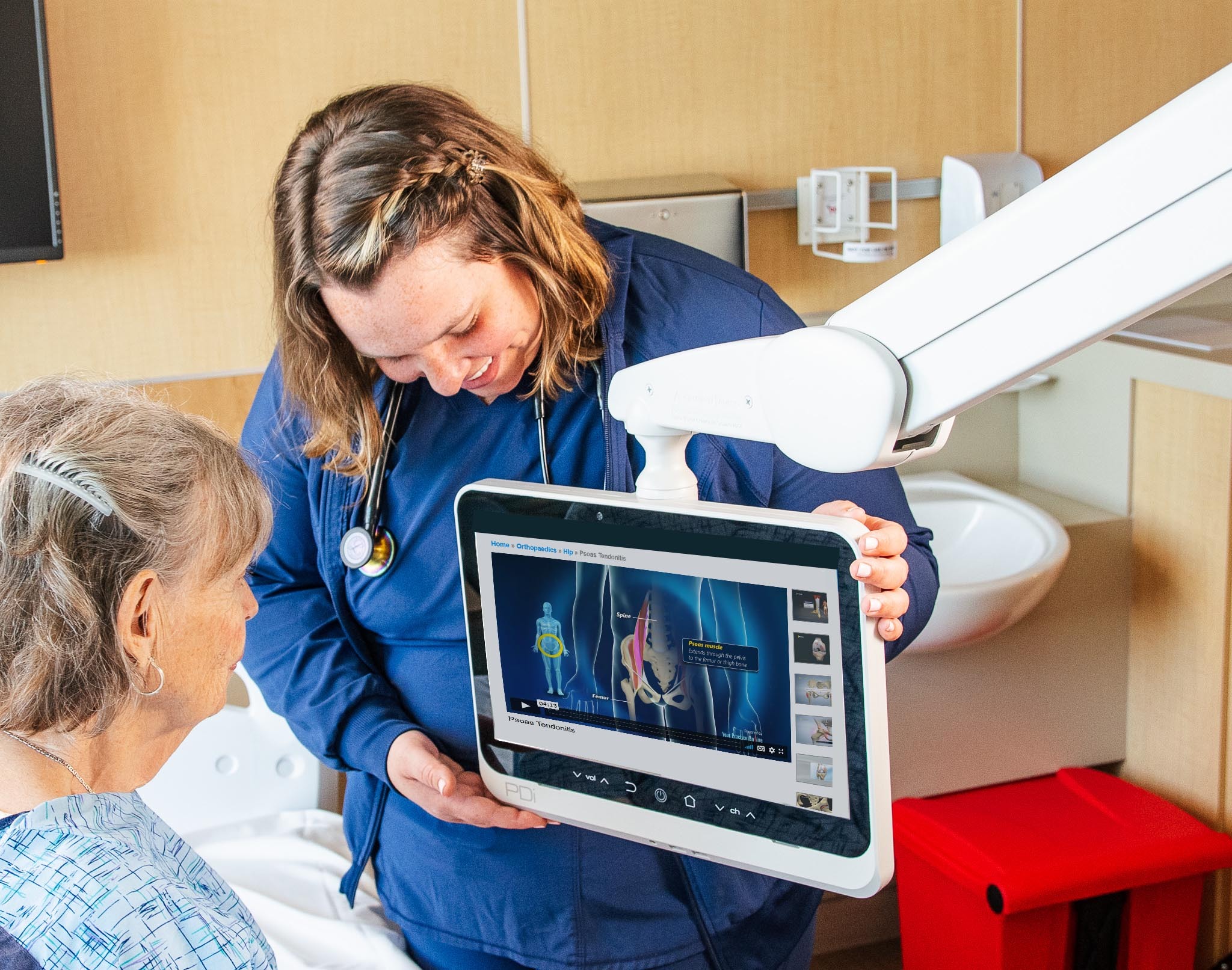
IPTV systems offer several advantages.
For a comprehensive guide to planning IPTV infrastructure, you can download our whitepaper.
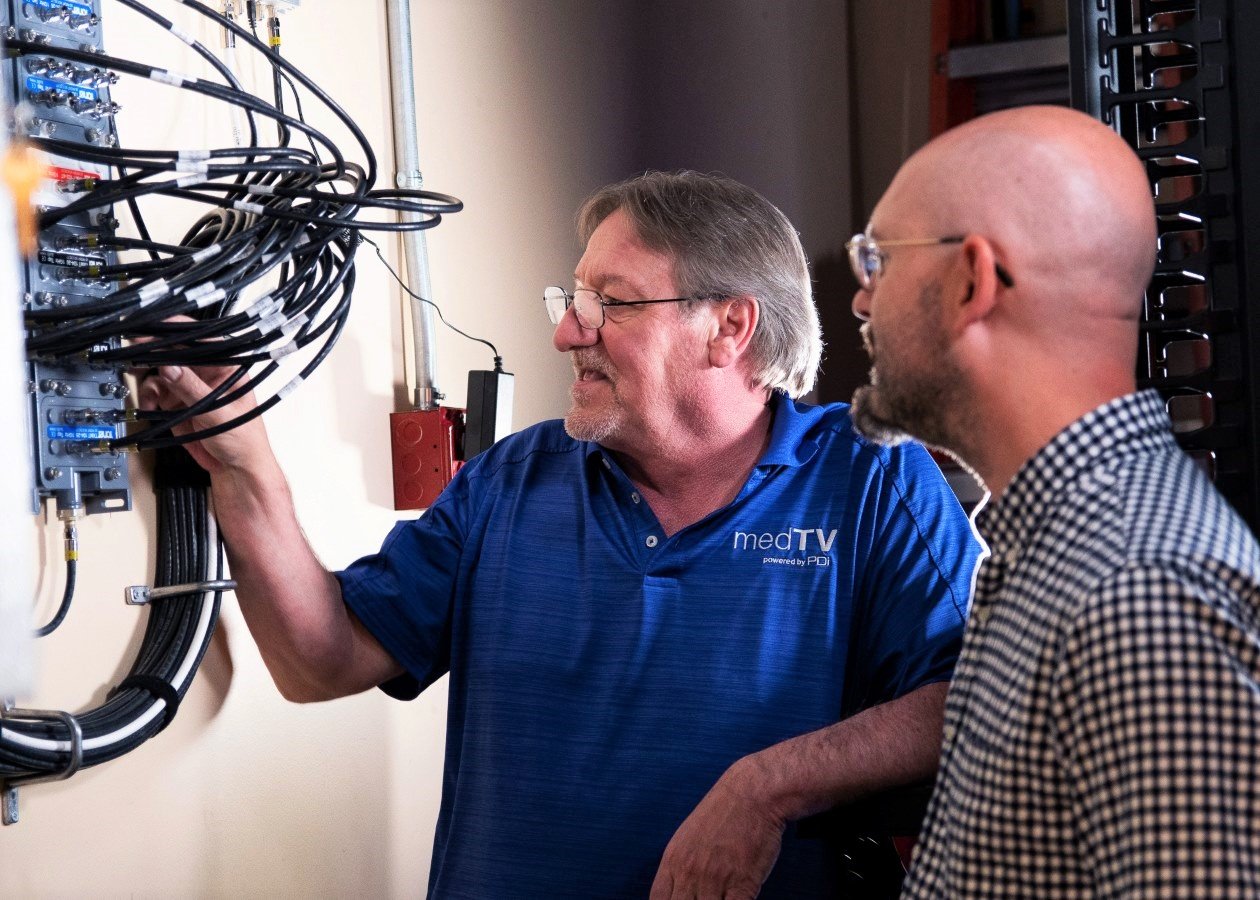
With the continuous advancements in IPTV technology, the possibilities for extending TV signals are becoming more accessible and cost-effective. By incorporating additional switches and utilizing affordable fiber cables, the range of the TV signal can be extended beyond the standard 330 ft range. IPTV equipment manufacturers are striving to enhance efficiency by fitting more channels into fewer rack units, saving space and reducing costs.
The decreasing cost of cabling, particularly fiber cables, contributes to the affordability of extending TV signals. This not only allows for extended TV signals but also provides faster internet speeds and seamless access to over-the-top services. The industry envisions a future where a single cable manages power, TV signals, and internet services.
For new facilities, the ability to lay cabling for IPTV is a significant advancement, streamlining the integration process. For older facilities without CAT cables, IPTV can run wirelessly with the right infrastructure.
On the television side, newer TV models are integrating IPTV players. PDi Smart TVs, in particular, come equipped with built-in players, eliminating the need for setback boxes. This integration allows patients to easily switch between IPTV and cable or antenna channels, while maintaining access to the same familiar navigation options as RF TVs.
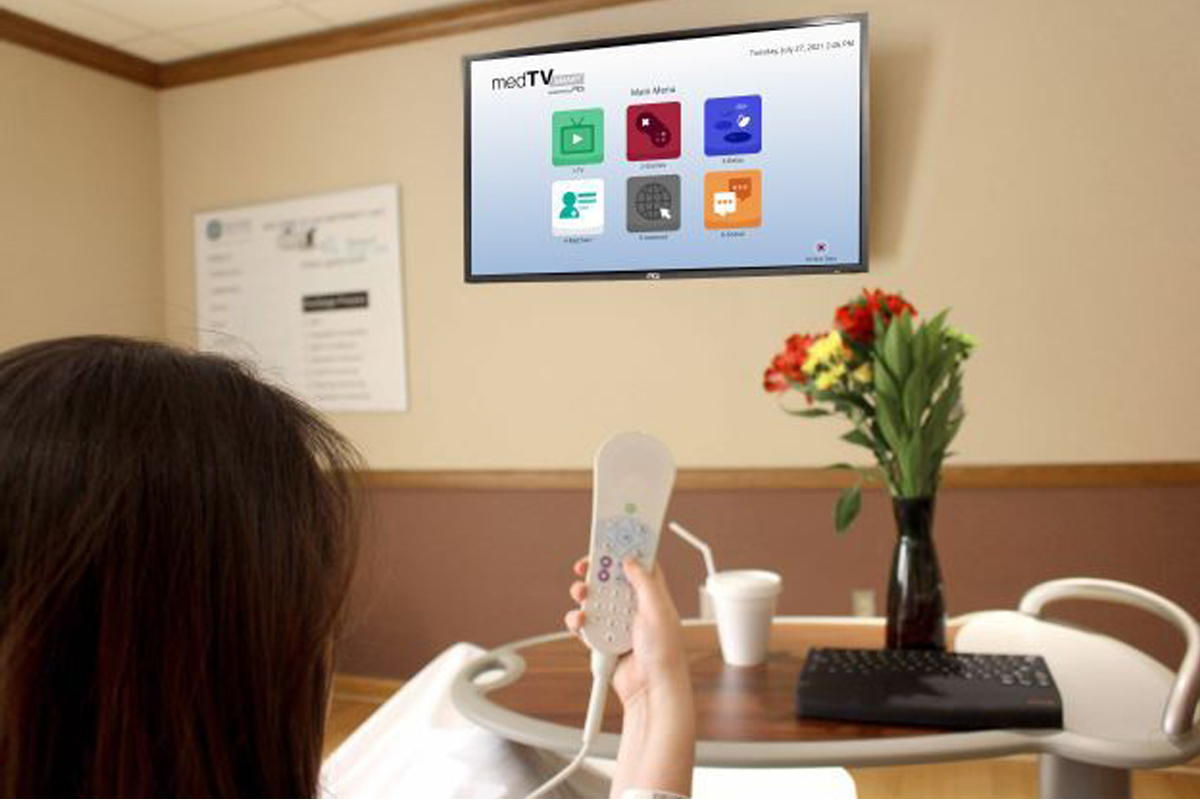
IPTV is transforming patient entertainment in hospitals, offering a cost-effective and future-proof solution for distributing TV signals. The adoption of IPTV brings numerous advantages, simplifying the delivery of entertainment and education, reducing hospital costs, and enhancing the overall patient experience. With its ability to offer a wide range of content and educational resources, IPTV proves to be a valuable tool in modern healthcare facilities.

IPTV, Internet Protocol TV,remains a prominent topic in the healthcare industry, steadily gaining momentum as a game-changer. In part one of our IPTV...

Having worked at PDi as the Service Manager for over 13 years, it’s been a long time since we began discussing IPTV, Internet Protocol TV, as a real...
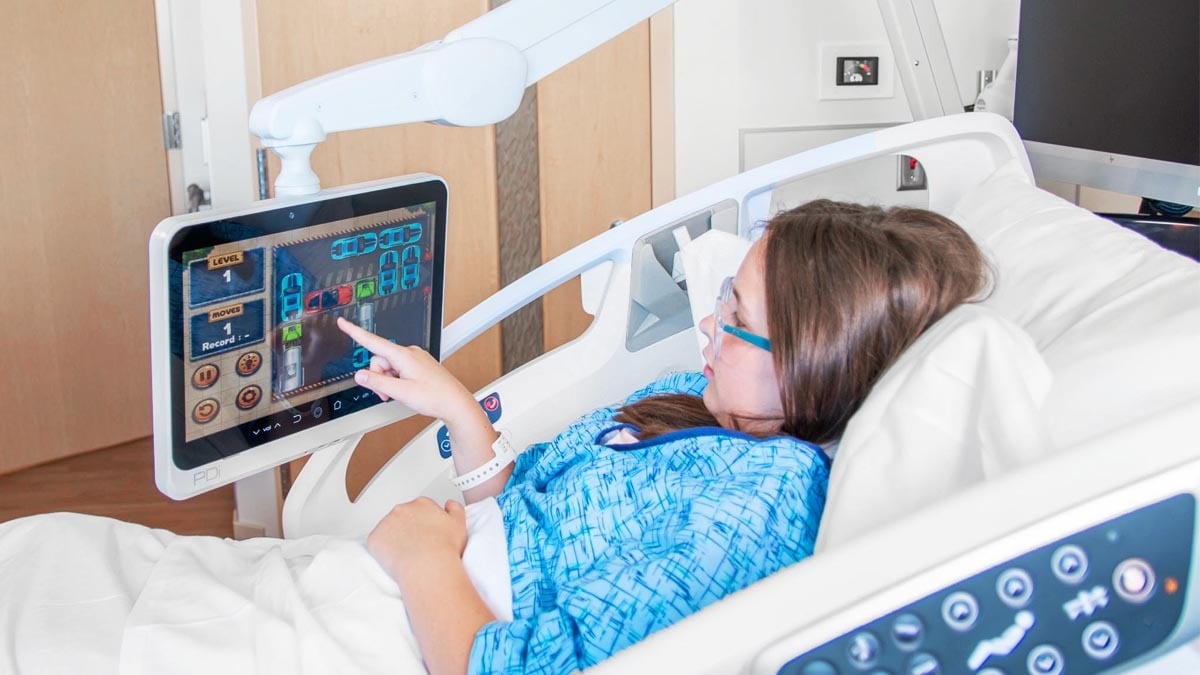
Have you ever used a personal arm-mounted TV in a healthcare setting, like a dialysis clinic or rehabilitation hospital center? If you have, you...